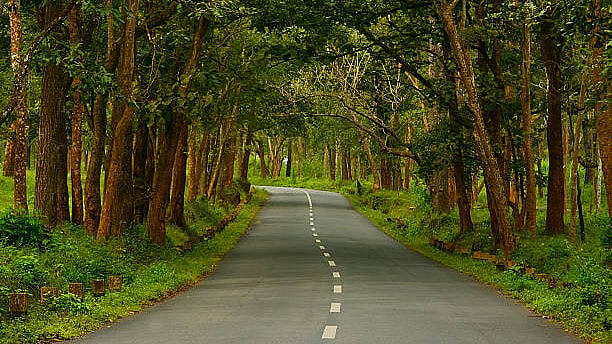
Image for representational purposes.
Credit: iStock Photo
About 56% of the trees in 10 cities belong to similar species, with Bengaluru having the most number of exotic species compared with relatively younger cities like Jaipur, according to an analysis of studies by researchers from Azim Premji University.
Satyajit Oraon, Prachi Gupta and Jayanti Ray-Mukherjee from the school of arts and sciences of the varsity compiled the list from studies conducted across Bengaluru, Bhopal, Chandigarh, Chennai, Delhi, Gandhinagar, Hyderabad, Jaipur, Kolkata and Mumbai.
As expected, the urbanisation of the cities was associated with loss of green cover. However, the issue of tree diversity stood out. Among the total of 226 species of trees identified, eight were present in all 10 selected cities, “suggesting that these species have equally homogenised across Indian cities”. Trees from the taxonomic family of Fabaceae (e.g.: acasia, shisham, tamarind etc.) were present in all cities.
The situation in general stressed the need for maintaining a balance of per capita greenery. The green cover of Mumbai and Delhi was relatively higher than that of other cities. Others were not doing well in terms of numbers as well as biodiversity. However, there were cases where both tree cover and diversity were matters of concern.
“Bengaluru is one of the cities that not only displays low per capita green space but also highest representation of exotic species planted in the city. Though most exotic tree species are not invasive and have naturalised in these environments, this suggests a significant homogenisation of urban flora and emphasises that future tree planting and city planning should consider these facts,” it said.
Another cause for concern was preference for fast-growing species. They possess high efficiency in water transportation, nutrient uptake and carbon fixation but are less invested in tissue biomass density and so, can’t withstand environmental stresses. It is key to balance between fast and slow-growth species, since this could impact the function on carbon sequestration and maintaining of hydrological balance.
